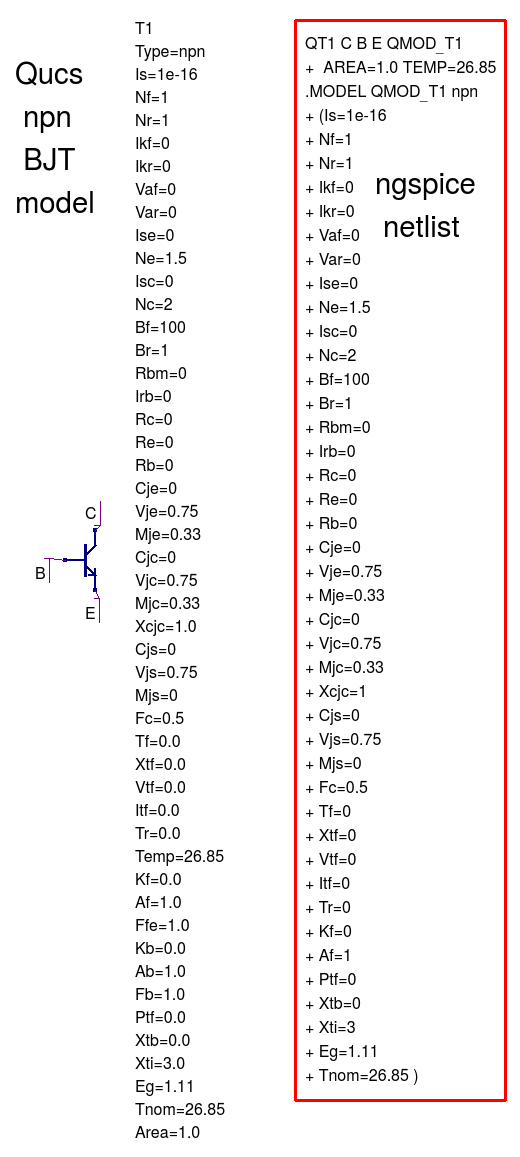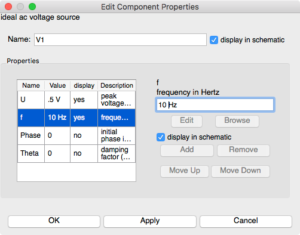
He is a student of Electrical Engineering at the University of British Columbia. The below shown near-field probes are designed by Ketan Desai. Implementing near field E-field and H-field probes on a printed circuit board is difficult mainly because it involves designing and implementation of non-perturbing transmission lines. The transmission line is mostly a microstrip line. The magnetic flux from the loop will induce a high-frequency waveform that travels through a transmission line to the receiver. The H-field probe consists of a printed circuit magnetic loop and a transmission line. Optical fibers, together with a suitably modulated light source, may be used to form a wide-band non-perturbing data link from the dipole and detector to a remote readout. Three orthogonal dipoles are generally used in an E -field probe to provide a response that is nearly isotropic for all polarizations of the incident field. The E-field probe consists of a short dipole antenna, a detector diode, a non-perturbing transmission line, and a readout device. On the other hand, the H-field probe measures the magnetic field strengths locally.

E-field probe measures point-to-point the electric field strengths locally. E-field and H-field probes are used for electromagnetic near-field scanning. Additionally, in the near-field region, one type of field can dominate the other. But in the near-field region, electric and magnetic fields can exist independently. The far-field is a region in which the field acts as normal electromagnetic radiation. Near-field scanning is used for estimating localized electromagnetic emissions. Near-field scanning is the general method for identifying radiation sources in PCBs.

Electromagnetic compatibility (EMC) is the ability of electrical equipment and systems to function acceptably in their electromagnetic environment, by limiting the unintentional generation, propagation, and reception of electromagnetic energy which may cause unwanted effects such as EMI. The source of the radiation must be identified in PCBs to predict the EMC of electronic circuits. This disturbance is known as Electromagnetic Interference (EMI). In modern compact electronic circuits, there are several components on a confined PCB area, and so, the electromagnetic effects induced from one component may affect the surrounding components.


 0 kommentar(er)
0 kommentar(er)
